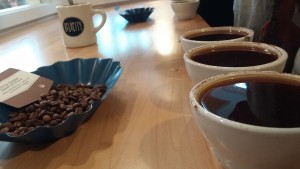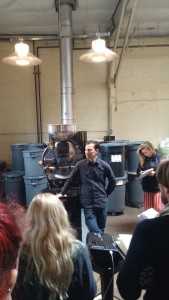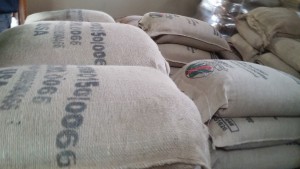
Coffee and soil have a idiosyncratic relationship with each other that can only be acquired through the presence of several specific factors which require varying external factors that impact conditions necessary for premium flavor, and minimal depletion impact. Much like the demands needed for proper Cacao growth, many principles can be assimilated with coffee, and in some cases both have interacted with each other. By diversifying local canopy providing trees which help regulate N, and Al levels can help with regulating soil temperatures and ultraviolet exposure. Volcanic mineral toxicity as well as large-scale fertilizers, pesticides, and insecticide impact is also reversible to a degree with this effect. Tropical and Subtropical environments typically show heavily leached or oxidized soils which if not properly managed can lead to rapid depletion if used for agricultural production. The necessity of regulating Ca, K, Mg, and N for instance can heavily boost the quality in soils. By implementing a canopy structure with available host plants, support, or provider species, the accumulation and storage of organic matter, biota, and other biologic or chemical compounds can become utilized by root systems largely within the A horizon where the majority of Coffee roots benefit. Without this balanced structure in place or managed, the soils can easily revert to a more basic pH state, allowing less exchange between materials or matter. Through geoarchological analysis, the cultural management practiced by prehistoric Mesoamericans (as well as pockets of their modern descendants) involved annual organized slash & burn techniques which replenishes the soil through fortification from disease and pests. This activity can be seen both in the ethnographic record, and through the use of devices such as an infiltrometer to detect water ratios in soils and other determining factors in pyrogeography.



